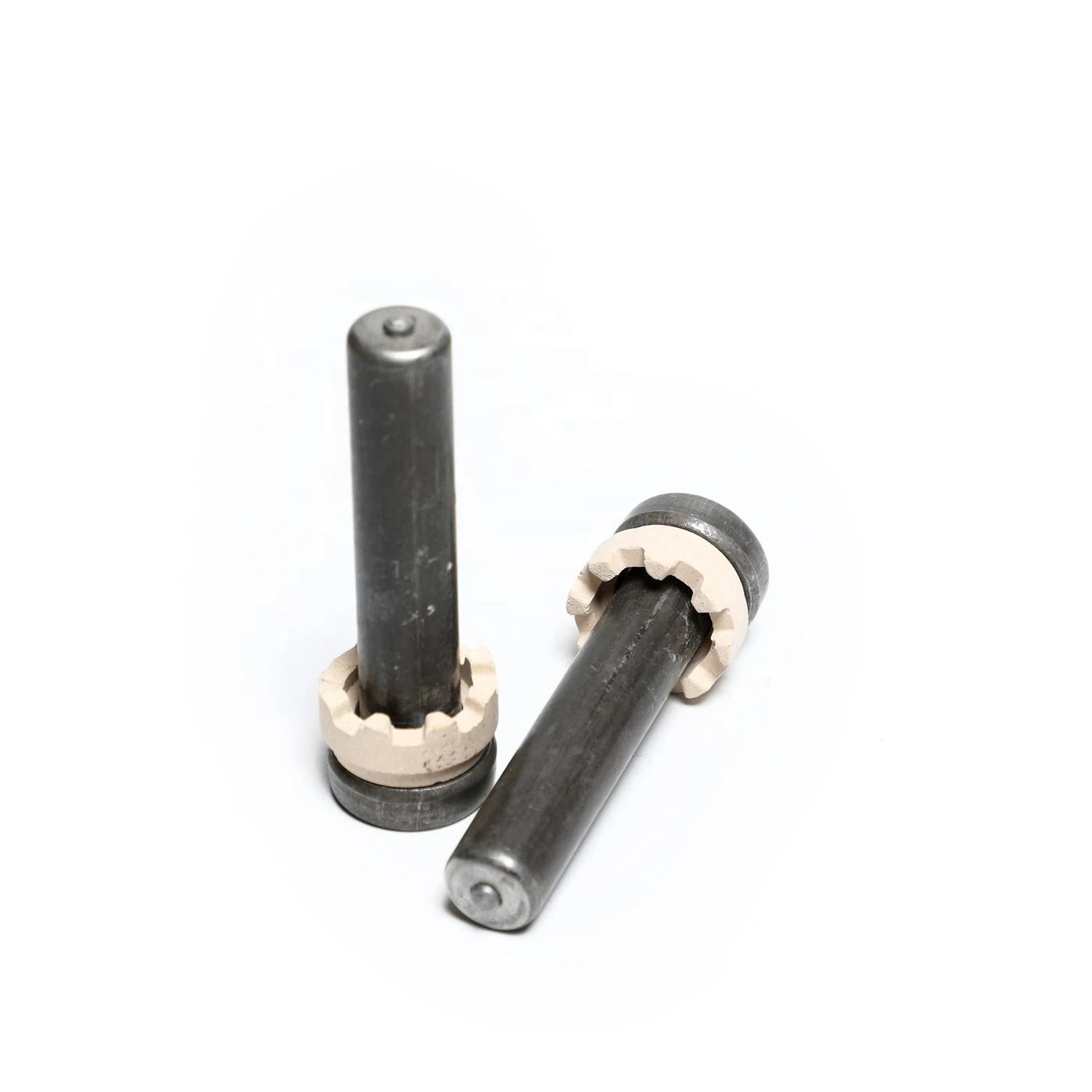

narrow flat washer
Dec . 06, 2024 14:09 Back to list
narrow flat washer
The Importance of Narrow Flat Washers in Engineering and Construction
Narrow flat washers are essential components in various engineering and construction applications. Despite their seemingly simple design, these small discs play a critical role in ensuring the integrity and functionality of mechanical assemblies, electrical systems, and structural frameworks. This article aims to explore the significance of narrow flat washers, their applications, and the factors to consider when selecting the right washer for a specific task.
Understanding Narrow Flat Washers
Narrow flat washers are typically round, flat discs made from materials such as metal, plastic, or composite, with a central hole to accommodate a screw or bolt. Unlike standard flat washers, narrow variants have a smaller outer diameter relative to the inner diameter, allowing them to fit in tighter spaces and provide support where traditional washers may not be suitable.
The primary function of a washer is to distribute the load of a fastener evenly over a surface. This helps to prevent damage to the material being fastened and maintains the stability of the assembly. Narrow flat washers are particularly advantageous in applications where space is limited, such as inside electronic devices, automotive components, and machinery.
Applications of Narrow Flat Washers
1. Electronics In electronic assemblies, narrow flat washers provide electrical insulation and prevent short circuits. By spacing components properly, they help to minimize interference and maintain the functionality of circuit boards.
2. Automotive Industry The automotive sector relies heavily on narrow flat washers for securing various components such as engine parts, body panels, and transmission assemblies. Their ability to fit into tight spaces is crucial for maintaining vehicle integrity and ensuring performance.
3. Aerospace Engineering In the aerospace industry, where weight and space are critical, narrow flat washers are used extensively to secure components while minimizing added weight. Aerospace-grade materials ensure high strength and resistance to corrosion in harsh environments.
narrow flat washer

4. Manufacturing In general manufacturing, narrow flat washers are utilized to secure heavy machinery components, ensuring that vital parts remain in place during operation. Their use is essential in preventing machine failure due to loosening bolts or screws.
Selecting the Right Narrow Flat Washer
When choosing the appropriate narrow flat washer for a specific application, several factors should be considered
1. Material The material of the washer should match the environmental conditions it will face. For instance, stainless steel is highly corrosion-resistant, making it suitable for outdoor or wet environments, while nylon washers are lightweight and provide electrical insulation.
2. Load Capacity The load-bearing capacity of the washer must be compatible with the fastener and the application requirements. It is crucial to consult load ratings and specifications to prevent failure.
3. Dimensions Ensure that the outer diameter, inner diameter, and thickness of the washer align with the fastener used. A proper fit is vital to avoid issues such as misalignment or excess stress on the washer.
4. Standards and Specifications Many industries adhere to specific standards for washers, such as ANSI, ISO, or ASTM. It is essential to select washers that comply with these standards to maintain quality and safety.
Conclusion
Narrow flat washers may be small in size, but their impact on engineering and construction is monumental. They serve crucial roles in load distribution, providing stability and integrity in various applications. Whether it’s in electronics, automotive, aerospace, or manufacturing, the proper use of narrow flat washers enhances the reliability and longevity of components. By understanding their importance and the factors involved in selecting the right washer, engineers and manufacturers can ensure that their projects are built on a solid foundation.
Latest news
-
High-Strength Hot Dip Galvanized Bolts - Hebei Longze | Corrosion Resistance, Customization
NewsJul.30,2025
-
Hot Dip Galvanized Bolts-Hebei Longze|Corrosion Resistance&High Strength
NewsJul.30,2025
-
High-Strength Hot-Dip Galvanized Bolts-Hebei Longze|Corrosion Resistance&High Strength
NewsJul.30,2025
-
Hot Dip Galvanized Bolts-Hebei Longze|Corrosion Resistance&High Strength
NewsJul.30,2025
-
Hot Dip Galvanized Bolts - Hebei Longze | Corrosion Resistance, High Strength
NewsJul.30,2025
-
High-Strength Hot Dip Galvanized Bolts-Hebei Longze|Corrosion Resistance, Grade 8.8
NewsJul.30,2025

